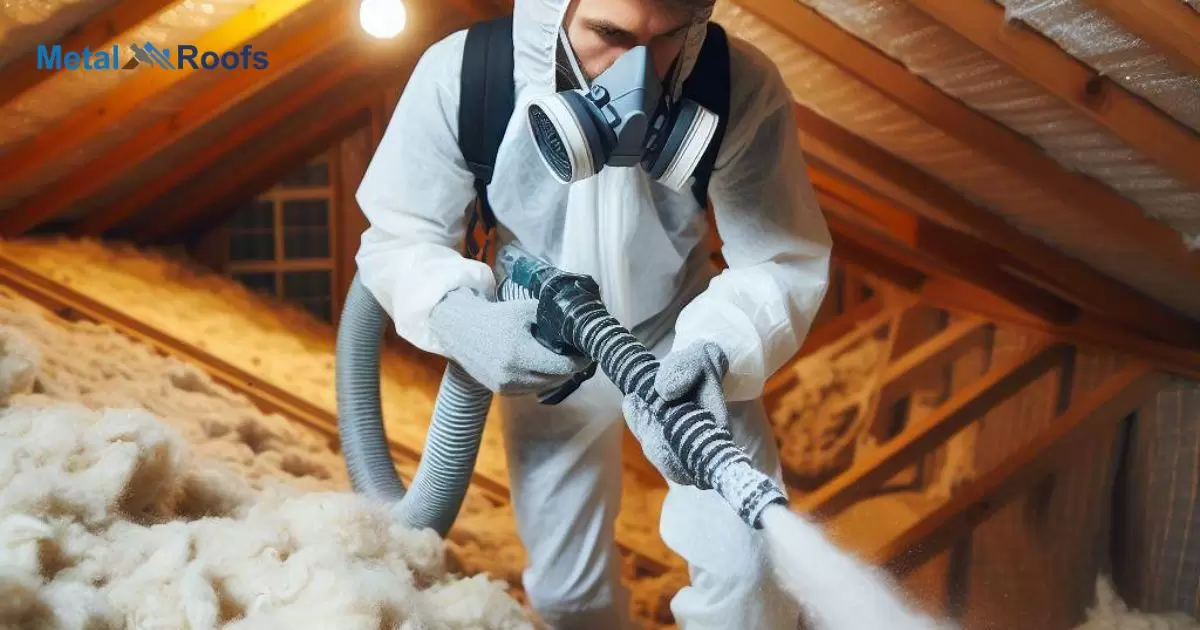Attic insulation is material placed in attics to reduce heat transfer between a building’s interior and exterior. It helps keep attics warmer in winter and cooler in summer to save on energy costs. Common types are fiberglass batts, loose cellulose, and rigid foam boards.
Insulating your attic is crucial for energy efficiency. But how much insulation do i need in my attic? Getting the right insulation R-value and depth for your climate zone prevents heat loss/gain and greatly lowers energy bills. Consult an insulation guide to learn the perfect thickness to install.
The Department of Energy recommends attic insulation R-values based on climate zones, considering factors such as roof substrate and local weather conditions. Check your zone and find the right insulation levels and air sealing upgrades to cut costs and improve home comfort.
Key Takeaways
- Choose insulation levels based on your climate zone.
- Measure thickness for optimal insulation effectiveness.
- Consult experts for personalized recommendations.
- Well-insulated attics contribute to lower energy bills.
- Ensure insulation is in good condition for maximum efficiency.
Inspecting Your Attic Insulation
First, check your attic insulation. Look for any gaps, worn-out areas, or missing sections. This helps you see if it’s doing its job.
Next, consider the R-value. It’s like the insulation’s power level. Warmer areas need less, while colder ones need more. Find the right R-value for your climate zone. If it’s not enough, add more insulation for better energy savings.
How Much Insulation Do I Need For 1,200 Sq Ft?
Determining how much attic insulation you need for 1,200 square feet depends on your area’s climate zone and R-value recommendations from the Department of Energy. Colder regions like zone 4 and 5 should have between R-49 to R-60 insulation.
This equals about 16 to 20 inches or 14 to 18 bundles of fiberglass batts for a 1,200 square foot attic space. Warmer zones may only require R-30 which needs approximately 10 to 14 inches or 8 to 12 bundles to properly insulate the area.
Check your local zone guidelines on the DOE website for precise insulation R-value and depth details. Installing the suitable amount leads to energy savings.
Methods Of Insulation
Insulation is key for a comfy home and lower bills. Two common types are fiberglass and cellulose, fitting snugly in walls. Roll it or blow it, good insulation keeps your home cozy year-round.
Loose-fill insulation
Loose-fill insulation is another way to keep your home cozy. It’s like fluffy bits of insulation that fill up nooks and crannies effortlessly. Whether it’s fiberglass or cellulose, just blow it in for efficient and snug insulation.
Batt insulation
Batt insulation is a straightforward way to keep your home cozy. It comes in rolls or sheets and is easy to install between wall studs. Whether it’s fiberglass or rock wool, batt insulation is a cost-effective choice for energy efficiency.
Spray foam
Spray foam is another insulation method worth considering. It expands to fill gaps, creating a solid barrier. Efficient and versatile, it seals your home, keeping it snug and energy-smart.
Does Your Attic Insulation Measure Up?
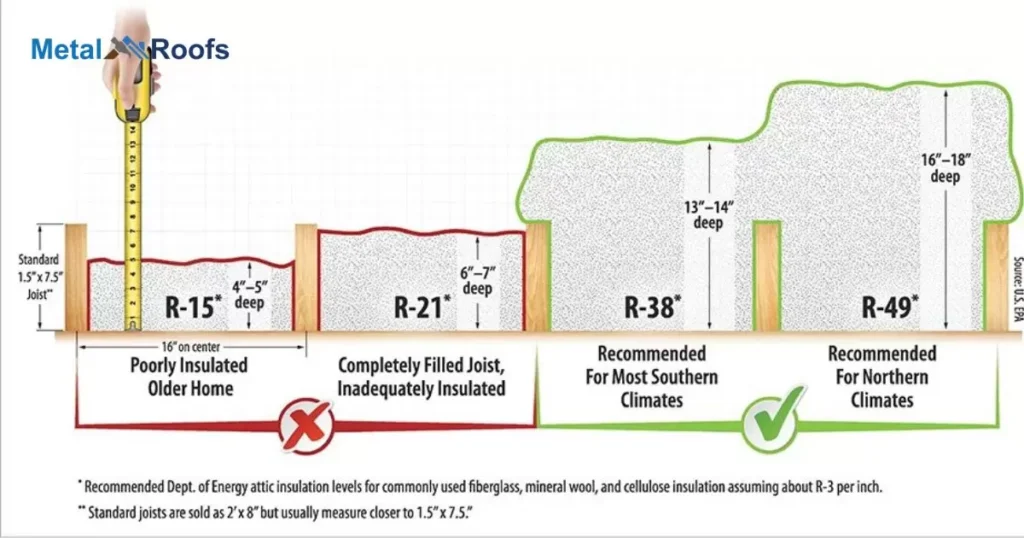
Check its thickness – the thicker, the better. Adequate insulation keeps your home comfy and your energy bills in check.
Consider the recommended R-values based on your climate. Inspecting and upgrading your attic insulation pays off, ensuring your home stays cozy and energy-efficient.
Assessing what you’ve got
| What you see: | What it probably is | Depth (inches) | Total Insulation R-value |
| Loose fibers | light-weight yellow, pink, or white | fiberglass | =2.5 x depth |
| dense gray or near white, may have black specs | rock wool | ____ | =2.8 x depth |
| small gray flat pieces or fibers (from newsprint) | cellulose | ____ | =3.7 x depth |
| Granules | light-weight | vermiculite or perlite=2.7 x depth | |
| Batts | light-weight yellow, pink, or white | fiberglass | =3.2 x depth |
Chart courtesy of Energy Star
Measure Insulation Performance
Evaluating insulation performance involves understanding its R-value, a measure of its thermal resistance. The R-value signifies how effective the insulation is in preventing heat transfer.
Periodic assessments of your insulation help ensure that your home remains comfortable and energy-efficient, providing a reliable barrier against temperature fluctuations.
types of attic insulation
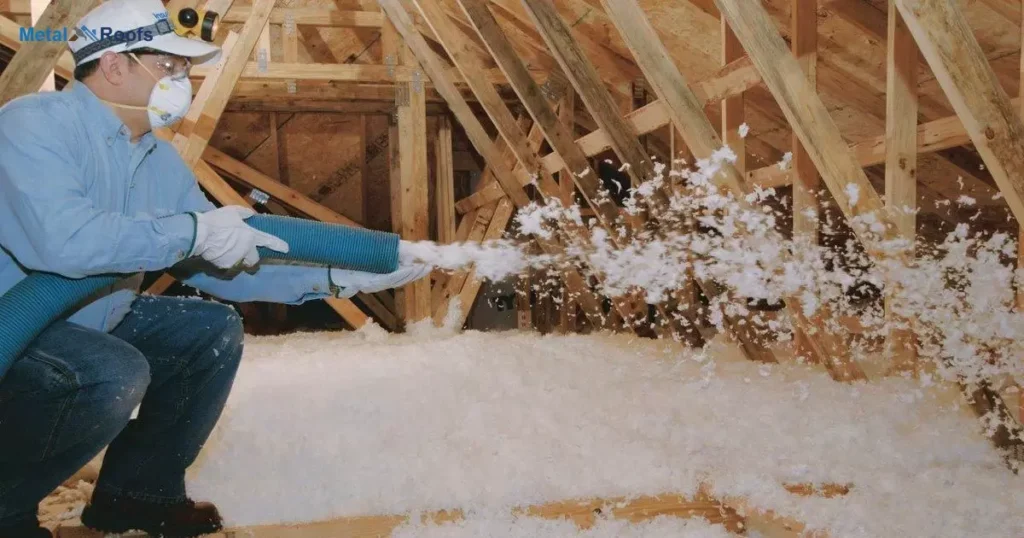
Attic insulation comes in various types, each with its own advantages and characteristics. Here are some common types of attic insulation:
- Fiberglass Insulation: This type consists of tiny glass fibers and is one of the most common types of insulation. It comes in batts (pre-cut panels) or loose-fill form and is relatively inexpensive.
- Cellulose Insulation: Made from recycled paper products, cellulose insulation is eco-friendly and effective. It’s often blown into attics as loose-fill insulation.
- Spray Foam Insulation: This type expands upon application, filling gaps and creating an effective air barrier. It can be either open-cell or closed-cell, with closed-cell offering higher R-values but being more expensive.
- Mineral Wool (Rock Wool) Insulation: This type is made from molten rock or slag spun into fibers. It’s fire-resistant, moisture-resistant, and offers good thermal insulation properties.
- Radiant Barrier Insulation: Rather than slowing conductive heat transfer like other insulations, radiant barriers reflect radiant heat, making them effective in hot climates. They’re often installed on attic rafters.
- Cotton (Denim) Insulation: Made from recycled cotton, this type is eco-friendly and has good thermal properties. It’s available in batts or loose-fill form.
- Reflective or Foil Insulation: These are typically foil-faced products that reflect radiant heat. They’re often used in conjunction with other insulation types for enhanced performance.
- Polyurethane Foam Board: These rigid foam boards offer high insulation values and are suitable for both walls and attics.
The best type of insulation for your attic depends on factors like climate, budget, existing insulation, and personal preferences. Consulting with a professional can help you determine the most suitable option for your specific needs.
How Much Insulation Should You Install?
The insulation you should install depends on your area’s climate zone and following Department of Energy guidelines. Colder zones need higher R-values, normally R-49 to R-60 equaling 16 to 20 inches depth.
Warmer areas require less – usually R-30 and 10 to 14 inches. Check your zone’s recommendations and fully air seal and install that thickness of batt or loose-fill insulation. Properly insulating to the right level increases home energy efficiency and comfort.
Batt Insulation Calculator
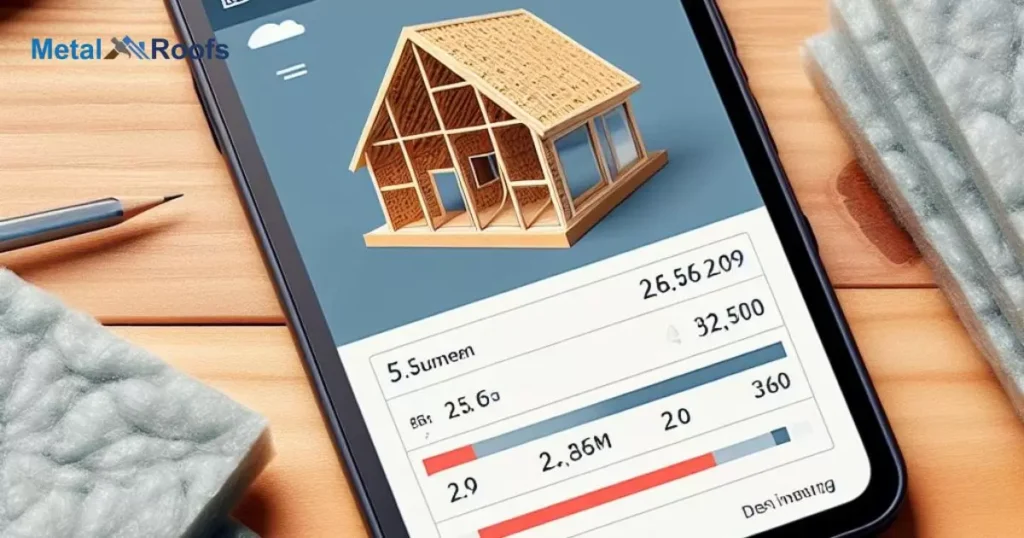
Calculating the right amount of batt insulation is crucial for optimal energy efficiency. Measure your attic space and consider local climate factors to determine the required R-value.
Use an online batt insulation calculator or consult with a professional for accurate guidance tailored to your specific needs. Getting the right amount ensures a well-insulated home, saving on energy costs.
Why Is Your Attic So Hard To Heat?
Your attic might be tough to heat due to inadequate insulation. Without proper insulation, heat easily escapes, making it challenging to maintain warmth.
Air leaks and poor ventilation can contribute, allowing cold air to infiltrate and warm air to escape, creating an inefficient heating situation in your attic. Addressing insulation and sealing gaps can make heating your attic more effective and energy-efficient.
blown in insulation calculator
A blown-in insulation calculator helps estimate the amount of insulation needed for a space. It considers factors like the area to be insulated and the desired insulation thickness. By inputting these details, you can get an accurate estimate of the insulation material required.
This tool simplifies the process of planning insulation projects. It ensures you purchase the right amount of insulation, avoiding wastage and saving time and money. Overall, a blown-in insulation calculator is a handy resource for efficient insulation planning.
Adding attic insulation over existing
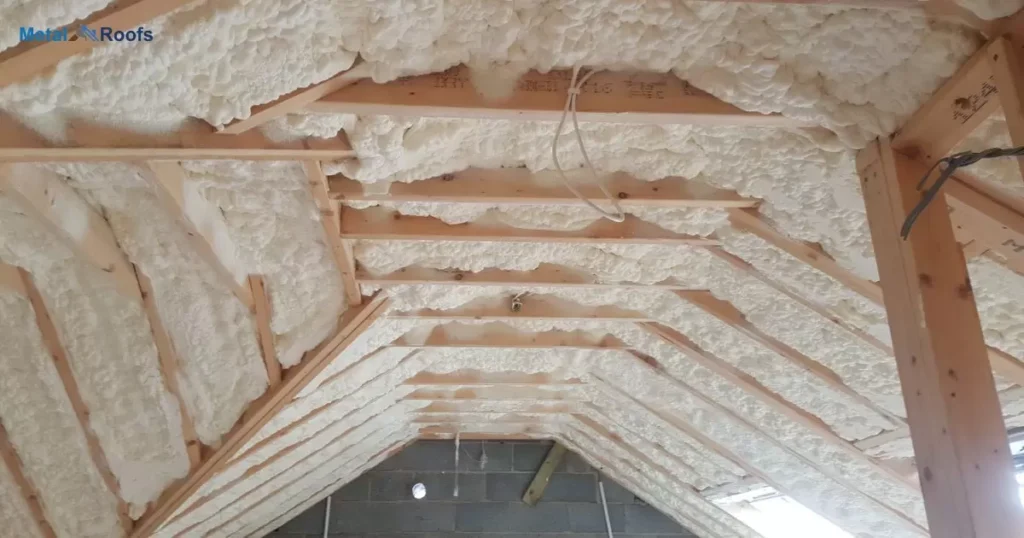
Adding attic insulation over existing insulation can significantly improve energy efficiency. First, assess the current insulation to determine if it needs replacement or can be supplemented. Next, choose insulation materials that are compatible with the existing ones for a seamless installation.
Finally, ensure proper sealing around vents, pipes, and electrical fixtures to maximize insulation effectiveness. This upgrade can lead to reduced energy bills and a more comfortable living environment.
By following these steps, you can enhance your home’s insulation without a major renovation. Inspecting the current insulation, selecting suitable materials, and sealing gaps are key to achieving optimal results. With improved insulation, you’ll enjoy better temperature regulation and savings on heating and cooling costs over time.
Frequently Asked Questions
How much insulation do i need in my attic?
The recommended insulation level for your attic depends on factors like climate, but a general guideline is R30 to R60 for cold climates and R38 to R60 for mixed climates. Consult local codes and professionals for specific recommendations.
How thick should insulation be in your attic?
For optimal insulation in your attic, aim for a thickness of at least 12 to 15 inches, depending on the insulation material and your climate zone.
How do I know if my attic has enough insulation?
Check the insulation level by measuring its thickness. Recommended levels vary by climate, but generally, a well-insulated attic meets or exceeds the recommended R-values.
Conclusion
Getting the attic insulation thickness your climate zone needs cuts heating/cooling costs. Check Department of Energy guidelines to learn the right R-value and depth for your area. Seal attic air leaks then install fiberglass batts or loose-fill to spec.
Doing this improves home comfort and efficiency for years. Installing adequate attic insulation takes some effort but pays off. Identifying your zone’s recommended insulation R-value and sealing air leaks are key first steps.
Carefully installing fiberglass or cellulose to the ideal thickness across all rafters maximizes energy savings and comfort gains. Investing now decreases bills for years.
